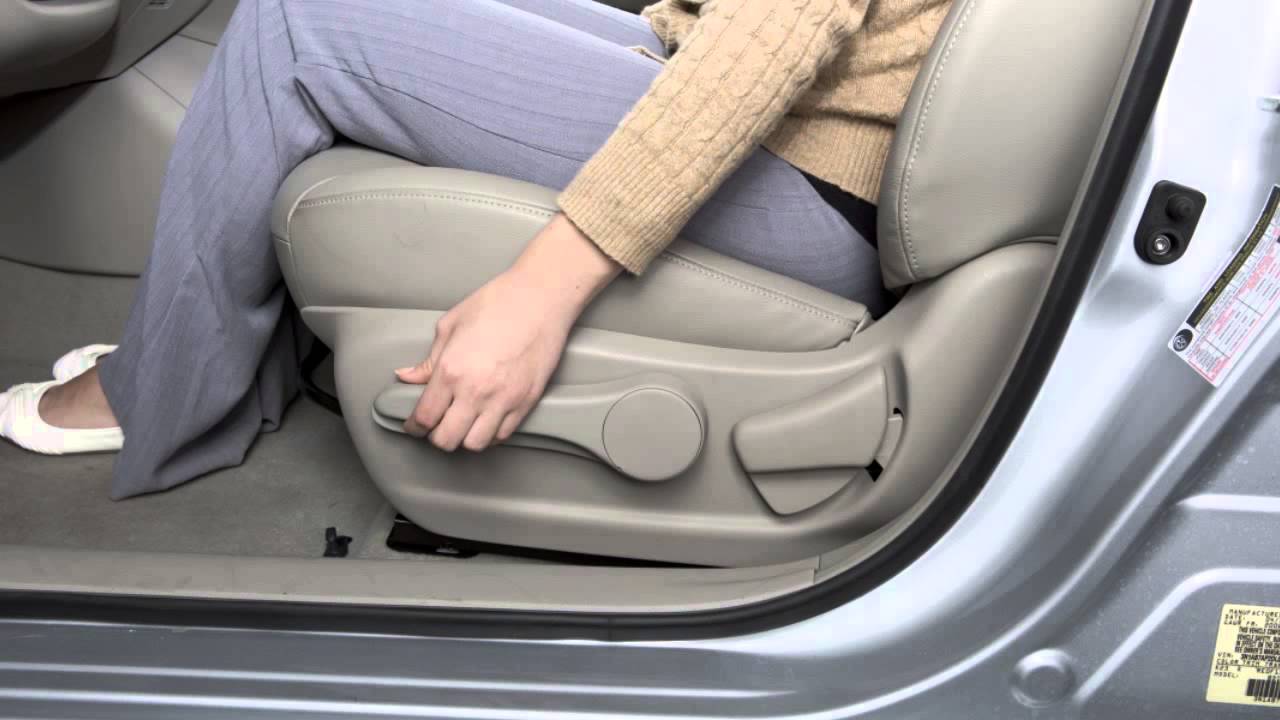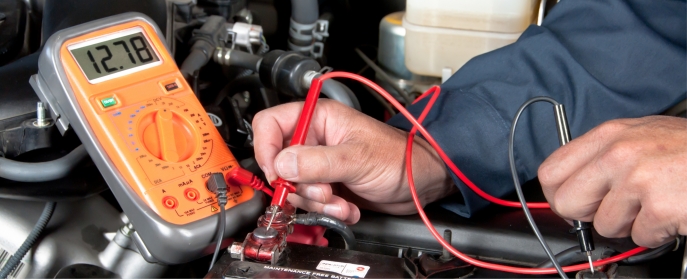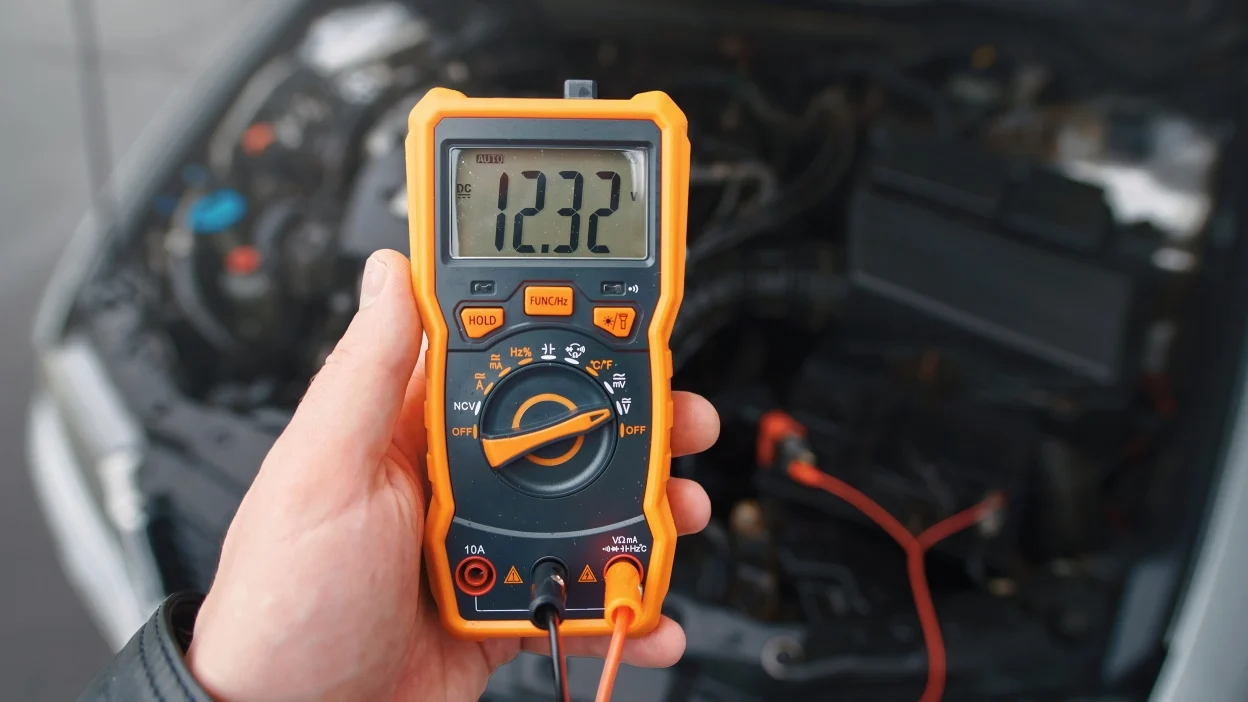If you’re facing the common and frustrating problem of a car seat that won’t budge, this guide is here to help. In this post, we’ll break down how to fix a car seat that won’t move step-by-step, making it easy for you to address the issue and get back on the road comfortably.
Table of Contents
Why Your Car Seat Might Not Be Moving
Before diving into how to fix a car seat that won’t move, it’s essential to understand some common causes of the problem. Typically, seats become immobile due to issues like:
- Mechanical Obstructions: Debris or objects stuck in the tracks.
- Electrical Problems: Faulty wiring or blown fuses in power seats.
- Motor Malfunction: Broken or damaged motors in power-adjustable seats.
- Broken Seat Track: Physical damage to the seat track, often due to wear and tear.
Safety Precautions Before Fixing a Car Seat
Before attempting how to fix a car seat that won’t move, make sure the car is parked in a safe, level place. If you’re dealing with a power seat, disconnect the car battery to prevent electrical accidents. Always wear gloves and eye protection when handling seat components, especially if you’ll be removing the seat from the vehicle.
Tools You May Need
To learn how to fix a car seat that won’t move, you’ll likely need the following tools:
- Screwdriver set
- Wrench set
- Flashlight
- Volt meter (for power seats)
- Lubricant spray (e.g., WD-40)
Having these on hand can help you address various types of problems effectively.
Step 1: Clear Any Mechanical Obstructions
One of the first steps in how to fix a car seat that won’t move is to look for anything that may be blocking the tracks. Small items like coins, pens, or other debris can get lodged in the seat tracks, preventing movement. Use a flashlight to inspect the tracks carefully and remove any visible obstructions with your hands or a small tool.
Step 2: Check the Power Supply for Electrical Seats
If you have power seats, the next step in how to fix a car seat that won’t move is to inspect the electrical components. Follow these steps:
- Inspect Fuses: Locate the car’s fuse box and check the fuse related to the seat controls. If the fuse is blown, replace it and test the seat’s movement.
- Check Wiring Connections: Loose or damaged wiring can prevent the seat from moving. Inspect the wires under the seat for visible damage, and make sure connections are secure.
Step 3: Test the Seat Motor
The seat motor is often the culprit when learning how to fix a car seat that won’t move. Here’s how to test it:
- Disconnect the Motor: Access the motor by removing the seat cushion or cover, if possible.
- Use a Voltmeter: Check if the motor is receiving power. If it’s not, the problem might be in the switch or wiring.
- Replace the Motor if Needed: If the motor has power but doesn’t run, you may need to replace it. Consult your vehicle’s manual to ensure compatibility with a replacement motor.
Step 4: Lubricate the Seat Tracks
If the seat moves partially but gets stuck, lubricating the tracks is another solution for how to fix a car seat that won’t move. Here’s how:
- Spray a small amount of lubricant onto the tracks.
- Move the seat back and forth (if possible) to spread the lubricant evenly.
- Wipe away any excess to avoid attracting dust and debris, which could cause future blockages.
Step 5: Fix a Damaged Seat Track
In some cases, the issue may be a damaged or misaligned seat track. This can complicate how to fix a car seat that won’t move, but it’s manageable with the right approach:
- Inspect the Track: Look for bent or broken areas.
- Realign or Replace the Track: Use tools to gently realign small bends. However, if the track is severely damaged, it’s best to replace it.

When to Seek Professional Help
If you’ve tried each of these steps on how to fix a car seat that won’t move without success, it may be time to visit a professional mechanic. Electrical and motor-related issues can be complex, and in some cases, specialized tools are required to fully diagnose and fix the issue.
Preventative Tips for Keeping Your Car Seat Moving
After learning how to fix a car seat that won’t move, it’s worth considering some preventative tips to avoid similar issues in the future:
- Regular Cleaning: Keep the area around the seat tracks clean to prevent debris from getting lodged.
- Routine Maintenance: Have power seats checked periodically during car servicing to identify electrical or mechanical issues early.
- Use the Seat Gently: Avoid putting excessive pressure on the seat controls, especially in vehicles with power seats.
Conclusion
Learning how to fix a car seat that won’t move can save you a lot of time and money. By following the steps outlined in this guide, you can diagnose the issue, troubleshoot it, and in many cases, fix it on your own. Remember, though, if you encounter complex electrical or motor issues, it’s wise to consult a professional for assistance.
Related Post:
If you’re interested in maintaining your car’s performance, you might also find our guide on How to Replace a Car Brake Light Bulb helpful. It covers step-by-step instructions to ensure your vehicle stays safe and road-ready.





Leave a Reply